What's the meaning of the Coat of arms of Austria »
Coat of arms of Austria
This page is about the meaning, origin and characteristic of the symbol, emblem, seal, sign, logo or flag: Coat of arms of Austria.
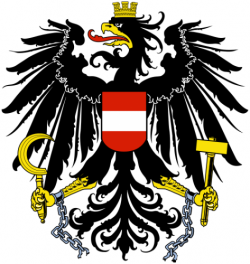
The current coat of arms of Austria, albeit without the broken chains, has been in use by the Republic of Austria since 1919. Between 1934 and the German annexation in 1938 Austria used a different coat of arms, which consisted of a double-headed eagle. The establishment of the Second Republic in 1945 saw the return of the original (First Republic) arms, with broken chains added to symbolise Austria's liberation.
The symbols and emblems used in the Austrian arms are as follows:
The Eagle: Austria's sovereignty (introduced 1919)
The escutcheon Emblem of Austria (late Middle Ages, reintroduced 1915)
The mural crown: The middle class (introduced 1919)
The sickle: Agriculture (introduced 1919)
The Hammer: Industry (introduced 1919)
The broken chains: Liberation from National Socialist dictatorship (added 1945)
Discussions about the arms have been triggered in the past by differing political interpretations, especially by the use of the hammer and the sickle and the broken chains, since the crossed hammer and sickle are a widespread symbol of communism, as is the breaking of chains. Surveys have however confirmed, that understanding of the actual symbolism of the arms is widespread.
On the one hand the arms serve as a new republican symbol, on the other as a modified version of the historical Habsburg arms. The current version of the arms is often regarded as being reminiscent of the double-headed eagle of the Habsburg monarchy. According to this interpretation, the single headed eagle alludes, in the sense of the removal of the left hand, "Hungarian" head, to the removal of the eastern part of the Habsburg Empire. However, Addendum 202 to the 1919 Law on the State Arms and the State Seal of the Republic of German Austria states expressly that the "new" single headed Austrian eagle is based not on the double headed eagle (symbol of the Habsburgs since 1804, and previously of the Holy Roman Empire), but rather on the "symbol of the legions of the Roman Republic", the Aquila. The Austrian federal states have however retained pre-republican heraldic traditions (mostly heraldic images from the Middle Ages, but also diverse accoutrements such as archducal and ducal hats, and knights' helmets).
- 1,973 Views
Graphical characteristics:
Asymmetric, Open shape, Colorful, Contains both straight and curved lines, Has no crossing lines.
Category: Emblems.
Coat of arms of Austria is part of the Coat of Arms group.
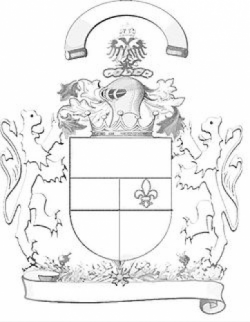
More symbols in Coat of Arms:
A coat of arms is a unique heraldic design on an escutcheon (i.e. shield), surcoat, or tabard. The coat of arms on an escutcheon forms the central element of the full heraldic achievement which consi… read more »
More symbols in Emblems:
An emblem is an abstract or representational pictorial image that represents a concept, like a moral truth, or an allegory, or a person, like a king or saint. Although words emblem and symbol are of… read more »
Citation
Use the citation below to add this symbol to your bibliography:
Style:MLAChicagoAPA
"Coat of arms of Austria." Symbols.com. STANDS4 LLC, 2025. Web. 21 Jan. 2025. <https://www.symbols.com/symbol/coat-of-arms-of-austria>.


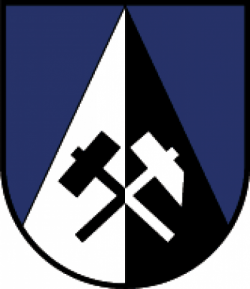
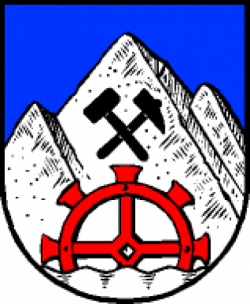
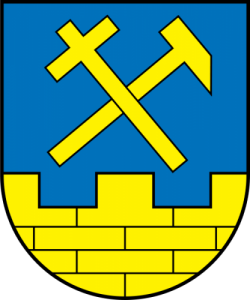
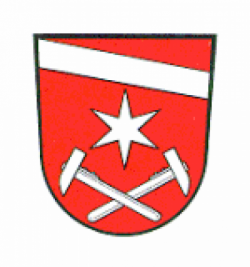

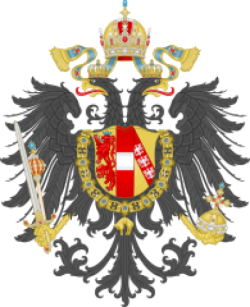
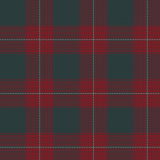
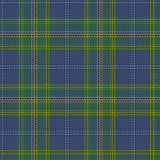
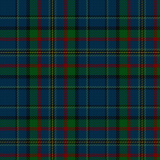

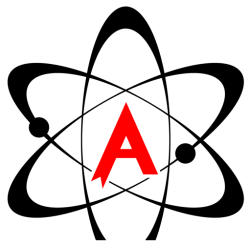
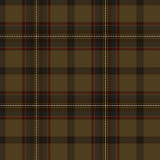



Have a discussion about Coat of arms of Austria with the community:
Report Comment
We're doing our best to make sure our content is useful, accurate and safe.
If by any chance you spot an inappropriate comment while navigating through our website please use this form to let us know, and we'll take care of it shortly.
Attachment
You need to be logged in to favorite.
Log In